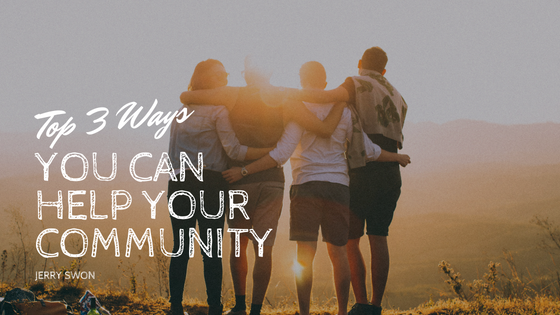When given the opportunity to volunteer abroad, I highly recommend you cease the chance. Volunteering abroad provides allows you to travel the world and experience new things all while impacting the lives of others. Unlike volunteering domestically, international volunteering requires you to be fully immersed in a new culture. Your time spent volunteering abroad will broaden your horizons and allow you to experience a new way of living.
If you are willing to take the plunge, you will want to conduct some research about which organizations will be the best in supporting during your time abroad. To narrow down your options, I have selected a few of the best organizations that will make your volunteering experience amazing.
Love Volunteers was first started by a brother and sister duo from New Zealand who wanted more opportunities to travel abroad that didn’t break the bank. The organization first formed in 2009 with only 20 projects in 12 countries. Fast forward to the present day, Love Volunteers has hundreds of volunteer opportunities in over 30 countries. Love Volunteers works closely with local communities in developing countries to ensure they create the most impact without negatively disrupting the community.
With over 20,000 volunteers since 1998, it is no wonder why Global Vision International (GVI) has been recognized as one of the “Best Volunteering Organizations”. GVI has 250 active initiatives around the world that help contribute towards long terms solutions to global issues. Along with a volunteer program, GVI also has internship and leadership development programs perfect for those who are looking for global career experience.
Whether you need a break from your academic career or have just graduated, volunteering abroad can provide you with clarity or the chance to make a difference before you take on the next step in your life. Plan My Gap was founded by volunteers for volunteers that offers programs across 17 countries, that range from short-term (1 week) to long-term ( 40 weeks).
Volunteering Solutions has logged over 773,825 hours of volunteering. For those in a time crunch, Volunteering Solutions offers 2-Week Specials where you can immerse yourself into a volunteering experience without taking you away from your home for too long. They offer a variety of volunteer experiences from volunteering at an Elephant Sanctuary in Thailand to working for Beach Conservation and Restoration Project on the beaches of Costa Rica.
For almost a quarter of a decade, Cross-Cultural Solutions has made it their mission to impact education and health opportunities for communities who are in need. The organization primarily focuses on seven countries, Morocco, Ghana, Peru, Greece, Thailand, Costa Rica, and Guatemala. Unlike other organizations, Cross-Cultural Solutions does not house its volunteers with host families in order to maximize security.










